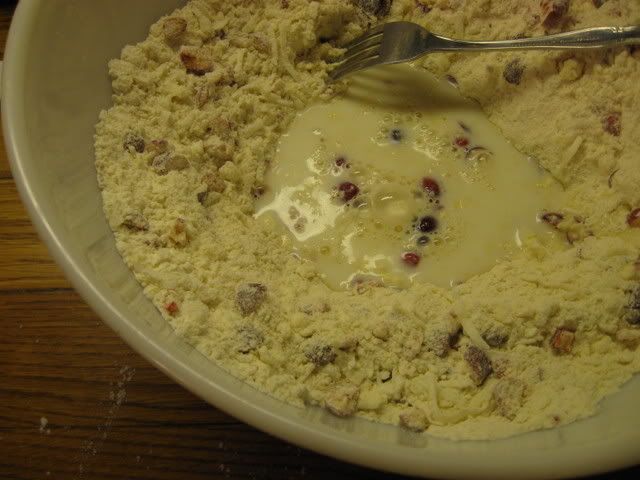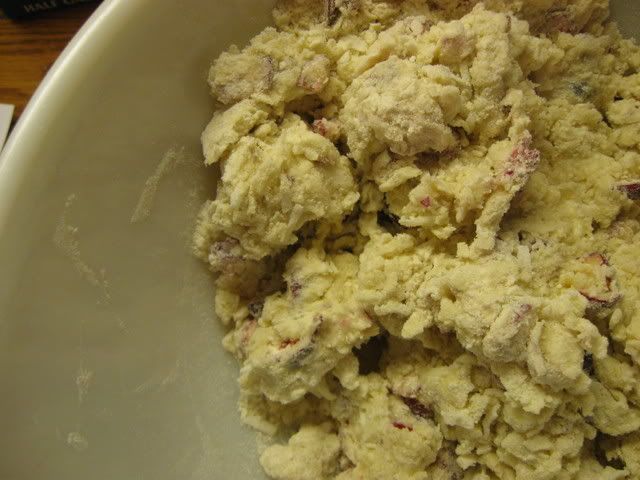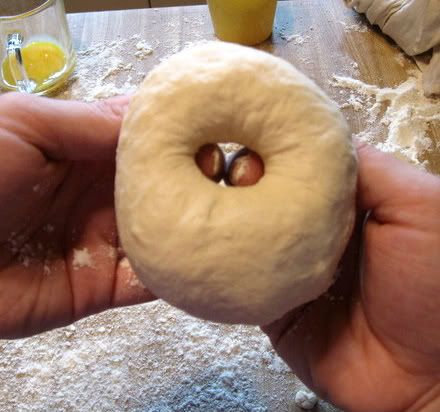
I'd never given a moment's thought to the color of my cheddar before this summer. I just knew that cheddar is white... and once in a while some off-the-wall store has the orange stuff, which honestly didn't taste as good to me. (Some say there is no difference in flavor, but I strongly disagree!)
Then a friend, visiting from the mid-western part of the country, went grocery shopping with me and had a mini-breakdown. In selecting our cheese, she could find no orange cheddar.
"What is it with New York?" she asked. "All you have is white cheddar! I want my orange cheddar!"
I was taken aback! Now, I love cheese. At one point in life I would have said "If you are what you eat, I'm a block of cheese." But honestly...so what if there was no orange cheddar? The white is better anyway! Most of our cheddar comes from Cabot Vermont, and I like to buy food made in our area, so it didn't matter a bit to me if the mid-western states sell almost exclusively orange.
Then, a few weeks later I ended up taking a tour of Cabot Creamery (a little bit of heaven on earth), and someone asked about the color of cheese.
Here are the, um, facts?
According to the tour guide, back during the War for American Independence or thereabouts, the British were changing tax on all imported cheese, so the Americans started adding a bit of carrot juice to color their cheeses, thereby identifying them as their own and not paying taxes on them. The custom lingered, and orange cheese became the norm around the country, until cheese makers in Vermont and other North East locations decided not to bother any more, to just let cheese be cheese. So, white cheddar is now the norm in New England, New York, Pennsylvania, maybe Virginia. Southern and Western states, however, thought something was wrong with white cheese, so to appease them, Cabot makes an orange cheddar using coloring from Annato seed.
Now, I like the sounds of this tale, but on doing further research I never found this same idea from anyone else. There are various theories about why people use the unneeded coloring.
The point of them all is this:
CHEESE IS NOT ORANGE.
Dye is.
You may be wondering - WHO CARES?
Well, I do. And my friend who brought up the topic does, in a twisted way. I'm sure it matters to other people too, but they are to proud to admit it.
I still feel sorry for those people from the rest of the country who just can't handle the fact that cheese is white, they are the ones who are living with an illusion. Yummy, tasty, white cheddar. I have a block of Wicked Sharp cheddar straight from the creamery in the fridge... I think I'll go have a slice.
NOTE: I do not mean to attack anyone who lives with and prefers orange cheese. This article and my point of view are meant in fun.




































